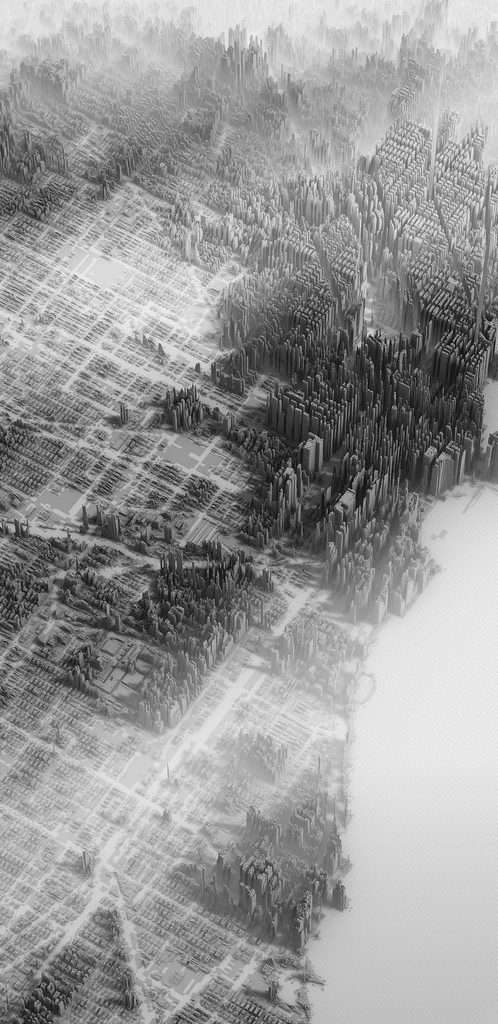As one of the most urbanized countries in the world, American cities often give people a variety of good or bad impressions: dense and spectacular tall buildings, busy highways and viaducts in the city center,small villas surrounded by lovely gardens, slums filled with apartheid, drug dealing, shooting and theft. These two contradictory worlds exist in almost every famous city at the same time. They are isolated by the visible and invisible walls, causing many urban problems.
On a large scale, subject to the architectural trend of the United States during the urbanization process and the car-oriented planning concept, the slow development and the lack of connection between public transportation has not become a link between the various regions, but instead traps people In terms of transportation lines, most parts of the city are not accessible to residents without cars. When discussing the smaller scale, a large number of wide roads and viaducts were built horizontally to meet the needs of private cars. Together with the rail transit network, a huge infrastructure network was formed. urban decay has created one vacuum zone after another in the city.
The high-rise buildings in these zones have also become prisoners for imprisonment. The range of movement of users is only one floor in the tower, and the traffic between the areas is all vertical And the open space with too small base cloth can’t satisfy their activities at all.
This paper focuses on analyzing the current problems, rather than the development of past history, aim at choose a compromise angle to define the function, but more importantly, it tries to create a relatively low and smooth continuous space by introducing infrastructure and changing the form of the building, while also allowing the area to be connected to the surrounding area. This kind of hub of public transportation network, on the scale of the whole city, helps the connectivity between regions in a larger area.

